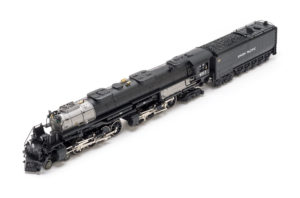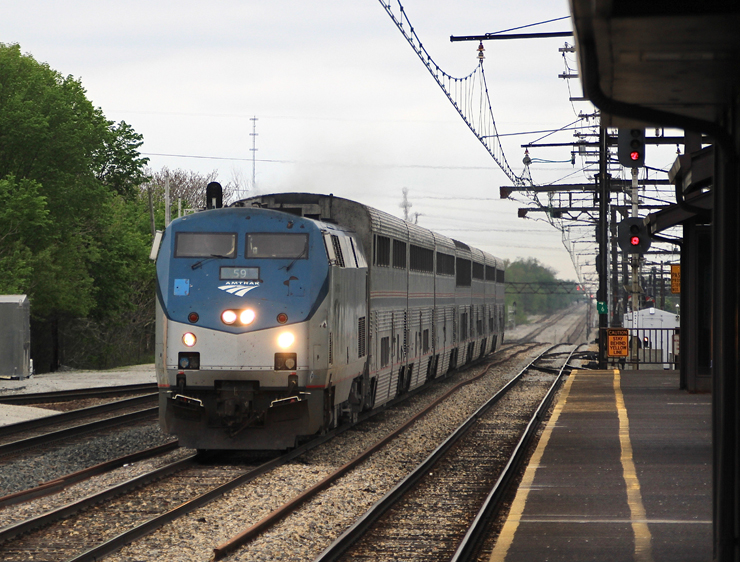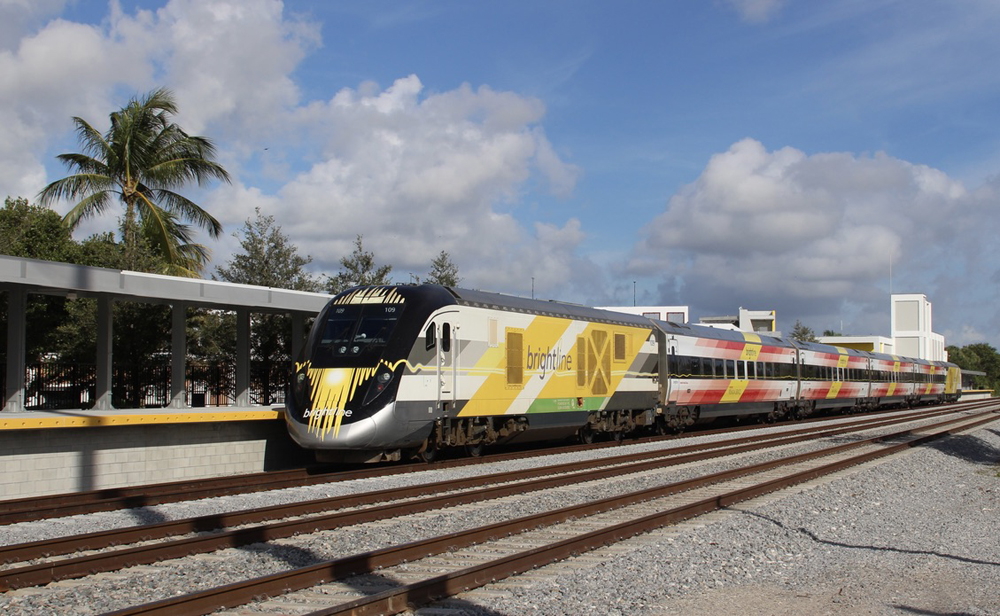
The biggest steam event of the last few years – and maybe since the end of it in regular service – has been the return of a Union Pacific Big Boy 4-8-8-4 to the rails under its own power. The public reaction to the steamer when it was on tour warmed the hearts of many train enthusiasts. Trains Editor Jim Wrinn said, “This tour has created a whole new generation of train-watchers.”
When I asked Jack Sommerfeld of Sommerfeld’s Trains in Butler, Wis., what was hot, I should have guessed the answer. Since Butler is a Union Pacific town, he replied “The LionMaster Big Boy.”
A LionMaster Big Boy? That means it’s a locomotive for more modest O gauge layouts, right? I was expecting a basic, shrunken “plain Jane” model. Boy, was I surprised!
Opening the box
Sight unseen, it isn’t a lightweight just from the heft of its carton. It’s one heavy sucker. It’s hardly scientific, but I associated the weight with the notion this was going to be something special. Removing the packaging, it became clear that the model didn’t have a lot of detail omitted or terrible visual compromises in design to fit O-31 track.
The pilot was terrific. The “cow catcher” has a design any UP fan will recognize. The deck just above has a grill with cast-in vent detail and a Union Pacific shield mounted above. Handrails bracket the grill.
The next level features the headlight, with air-cooling pipes on both sides. These were adapted to the Big Boy from UP’s 4-6-6-4 Challengers.
Walkways run along both sides of the boiler. Like the pilot deck, they’re smooth. An add-on wire handrail extends back to the cab. Below the catwalk you’ll find piping with “Hydro test” data.
The smokebox has cast-in rivet, seam, and hinge detail. There’s a cast-in grab iron crossing the upper third. The crown features two add-on classification lights, number boards, and a bell.
The smokebox is painted silver, which highlights the cast-in rivet and pipe detailing. There are also builder’s and trust plates added to the side.
One feature that makes the Big Boy unique is its twin-exhaust stack arrangement. If you are watching it from trackside, they would be hard, if not impossible, to see as a U-shaped shield conceals them. Just behind the stacks are a gold or shiny brass colored whistle and a valve with a red-painted handle.
A bit farther back are two sand domes with cast-in hatches. Between the domes are five gold pop-off valves. A turbogenerator is on the side of the boiler toward the fireman’s side of the cab.
The firebox is painted gray. This accentuates the large number of rivets in the side!
The cab’s side windows are divided into four panes. Seated next to them are two crewmen. The firebox backhead has cast-in pipe and gauge detail. The firebox door features a glow visible even in normal room light. The locomotive’s RUN/PROGRAM/SMOKE switches are beneath the cab.
The drawbar is a very subtle affair: inserting the locomotive connector into the tender’s receptacle makes a secure electrical connection. No wires, plugs, or oversized infrared transmitters.
The tender is relatively compact with plenty of detail points. On the sides are builder’s plates. Up top are a coal load (chunk type), cast-in wood texture on the decking, and grab irons on three sides of the water tank. The tank also has three hatches for taking on water; all can be opened with a fingernail. The center hatch appears to have been a spot for a volume control.
The rear of the tender has three red marker lights and a backup light in the center. Below the headlight you’ll find a remote coupler.
The painting and lettering were flawless, and complemented the model’s design. But being pretty doesn’t mean much if it doesn’t run well.
On the test track
For being a model of the largest operational steam locomotive in the world, The LionMaster model is compact.
The overall length is modest. The coupler-to-pilot length is approximately 29 1/2 inches. The locomotive is 19 inches long and the tender slightly less than 10 inches.
Some subtle compromises in the design enable the Big Boy to run on O-31 track. There is only one item that I think most people would even notice. The steam chests strike me as being a bit smaller than normal for an O scale model, especially for a steam engine of this size.
On the real engine the front steam chests look a bit larger than on this model, but the chests on the rear look notably smaller. This creates more “air” between the rear wheels of the first set of drivers and the rear steam chest. I suspect the common sense answer for this is the design allows the rear drivers to make it safely around O-31 curves.
I didn’t even notice this gap when the engine was running. It mainly was apparent when you looked at the model from track level against a light-colored background.
The Big Boy is capable of being operated by virtually any Lionel control system.
The locomotive uses LionChief Plus 2.0, allowing an operator to use a Lionel universal remote, TrainMaster or Legacy command remotes, the LionChief app for phone or device, or good old conventional. I tested it in command mode via the app on my iPhone, and in conventional with a Z-4000.
The sound effects package is awesome, and the dual-speaker arrangement is impressive. The chuffs, hisses, bell, and an amazing whistle – make the magic.
The model ran smoothly in all speed ranges and was instantly responsive to commands. The remote coupler operation was totally reliable.
Our speed range was very good. I tested it on my home layout with a long straightaway, and the high-speed average was 76.2 scale mph. Our low speed was 1.7 smph, and the conventional low speed was 3.
Of course, the elephant in the room is the price. Most O-31 operators don’t associate a $1,000-plus price tag with an engine for smaller layouts.
I do have to say that this Korean-manufactured engine packs in value and features you could not have purchased 20 years ago at any price. If you have a Lionel dealer nearby, visit the shop and see if they have one available for a test drive.













